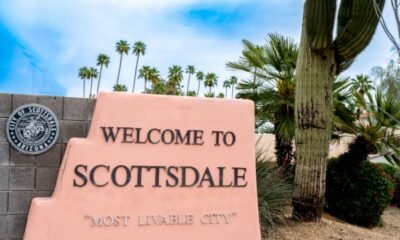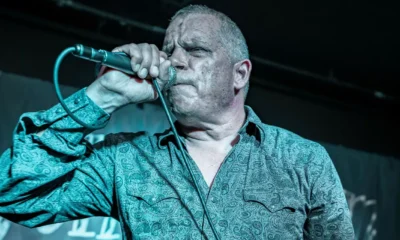arizona
Recreational Marijuana Sales Steady Out in October After September Slump

Arizona’s recreational marijuana market displayed signs of stabilization in October, as dispensaries sold $75.3 million in adult-use cannabis products, marking an increase from September’s $67.3 million, according to the Arizona Department of Revenue.
Conversely, the medical marijuana sector continued its long-term decline, with October sales plummeting to $16.9 million. This figure represents one of the lowest monthly totals since voters legalized recreational marijuana in 2020.
Notably, recent reports highlighted significant upward revisions to past sales data. September’s recreational sales were adjusted to $74.9 million, reflecting a $7.6 million increase from initial estimates, while March’s sales saw a $3.1 million revision to reach $92.5 million, setting a new peak for monthly recreational sales in 2024.
Throughout 2024, Arizona’s marijuana market has generated over $1 billion in total sales, with around $808 million attributed to recreational dispensaries and $204 million from medical dispensaries. However, the current sales trajectory suggests that the market will fall considerably short of 2023’s total sales of $1.4 billion.
Despite the anticipated overall sales decline, the dynamics between medical and recreational sales have shifted markedly in 2024. Medical marijuana’s share of total sales decreased from 21.5% in January to 17.5% by September. This trend follows the launch of recreational sales in 2021, when medical marijuana initially dominated the market. Today, recreational sales outstrip medical sales at a rate of roughly four to one.
Total marijuana tax collections reached $222.1 million through October, with recreational sales contributing $68.5 million and excise taxes adding $136.6 million. Medical marijuana generated an additional $17 million in tax revenue. These amounts reflect a decline compared to the robust sales seen in 2023 and 2022.
The state imposes a 16% excise tax on recreational sales, in addition to the standard sales tax, while medical patients pay around 6% in state sales tax. Local jurisdictions also impose approximately 2% in taxes on all marijuana sales.
Tax revenue is allocated to various state programs, with funds distributed as follows: 33% to community colleges, 31% to public safety, 25% to highway projects, and 10% to social services aimed at communities disproportionately affected by marijuana criminalization.
The revenue department noted that data from recent months could be revised further as additional tax returns are processed, as evidenced by significant adjustments reported in previous figures.


















